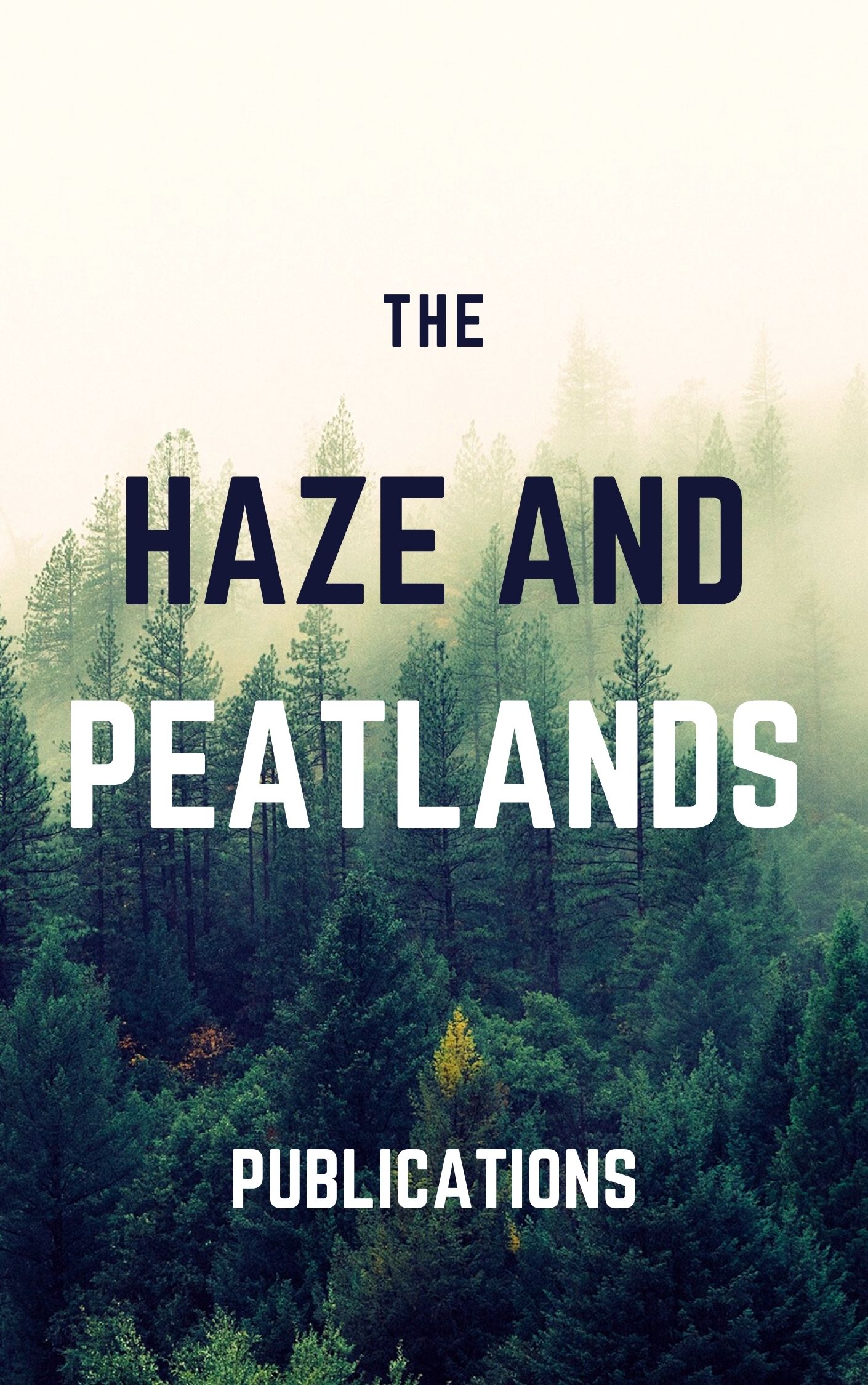Soybean is one of essential food crops targeted for self-sufficiency. Indonesia's largest oil palm plantation is located in Riau Province. Juvenile plants cover around 17.60 percent of the area. Soybeans can be intercropped with juvenile oil palm plantations. This study aims to determine the suitability of peatland in Muara Kelantan Village, Sungai Mandau District, Siak Regency. We collected data and information from primary observations, measurements, and from published articles recording secondary data including rainfall, annual temperature, and map of the research area. Soil type was classified as Typic Haplosaprist. Land suitability was determined by matching collected data with criteria for each class, resulting the class of marginal (S3), with base saturation and soil acidity (nr) as limiting factors. Lime and fertilization were required to increase base saturation and soil pH. After the improvement, the potential suitability becomes sufficiently suitable (S2) for intercropping between soybean and juvenile oil palm, with the air humidity (tc) and peat thickness (rc) as limiting factors.
View source

